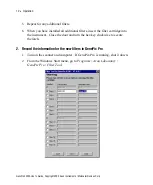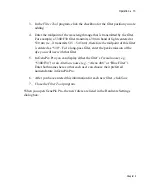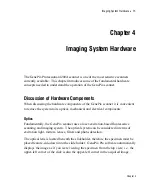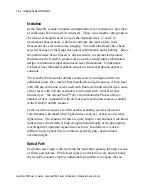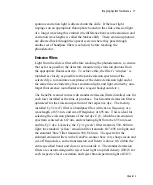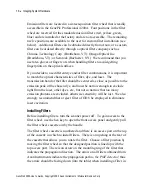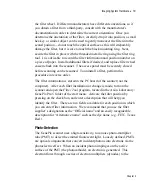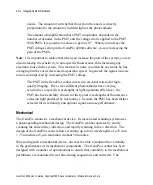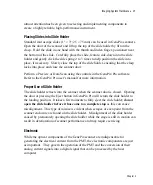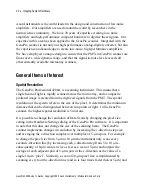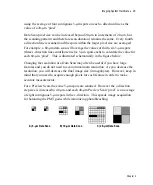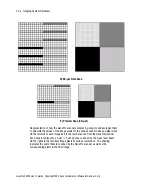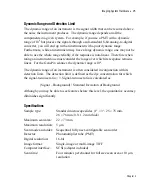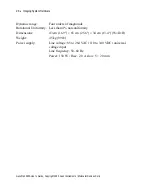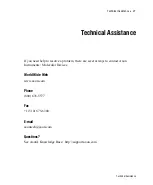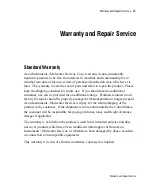
Imaging System Hardware
•
25
Dynamic Range and Detection Limit
The dynamic range of an instrument is the signal width that can be resolved above
the noise the instrument produces. The dynamic range depends on all the
components in a given system. For example, if you use a PMT with a dynamic
range of 10
6
but process the signals through a sub-standard 8-bit analog-to-digital
converter, you will end up with an instrument with a poor dynamic range.
Furthermore, while an instrument may have a large dynamic range, one may not be
able to use the whole range reliably if the response is non-linear. Therefore when
rating an instrument one must consider the range over which its response remains
linear. For the GenePix scanner, the dynamic range is 10
4
.
The dynamic range of an instrument is often considered in conjunction with its
detection limit. The detection limit is defined as the dye concentration for which
the signal-to-noise ratio = 3. Signal-to-noise ratio is calculated as
(Signal – Background) / Standard Deviation of Background
Although you may be able to see features below this level, the quantitative accuracy
diminishes significantly.
Specifications
Sample type:
Standard microscope slides (1"
×
3", 25
×
75 mm,
26
×
76 mm; 0.9–1.2 mm thick)
Maximum scan area:
22
×
73 mm
Maximum resolution: 5
µ
m
Scan mode and order: Sequential; fully user-configurable scan order
Detector:
Photomultiplier tube (PMT)
Digital resolution:
16-bit
Image format:
Single-image or multi-image TIFF
Computer interface:
SCSI (adapter included)
Scan time:
Four minutes per channel for full size scan area at 10
µ
m
resolution
Chapter 4


